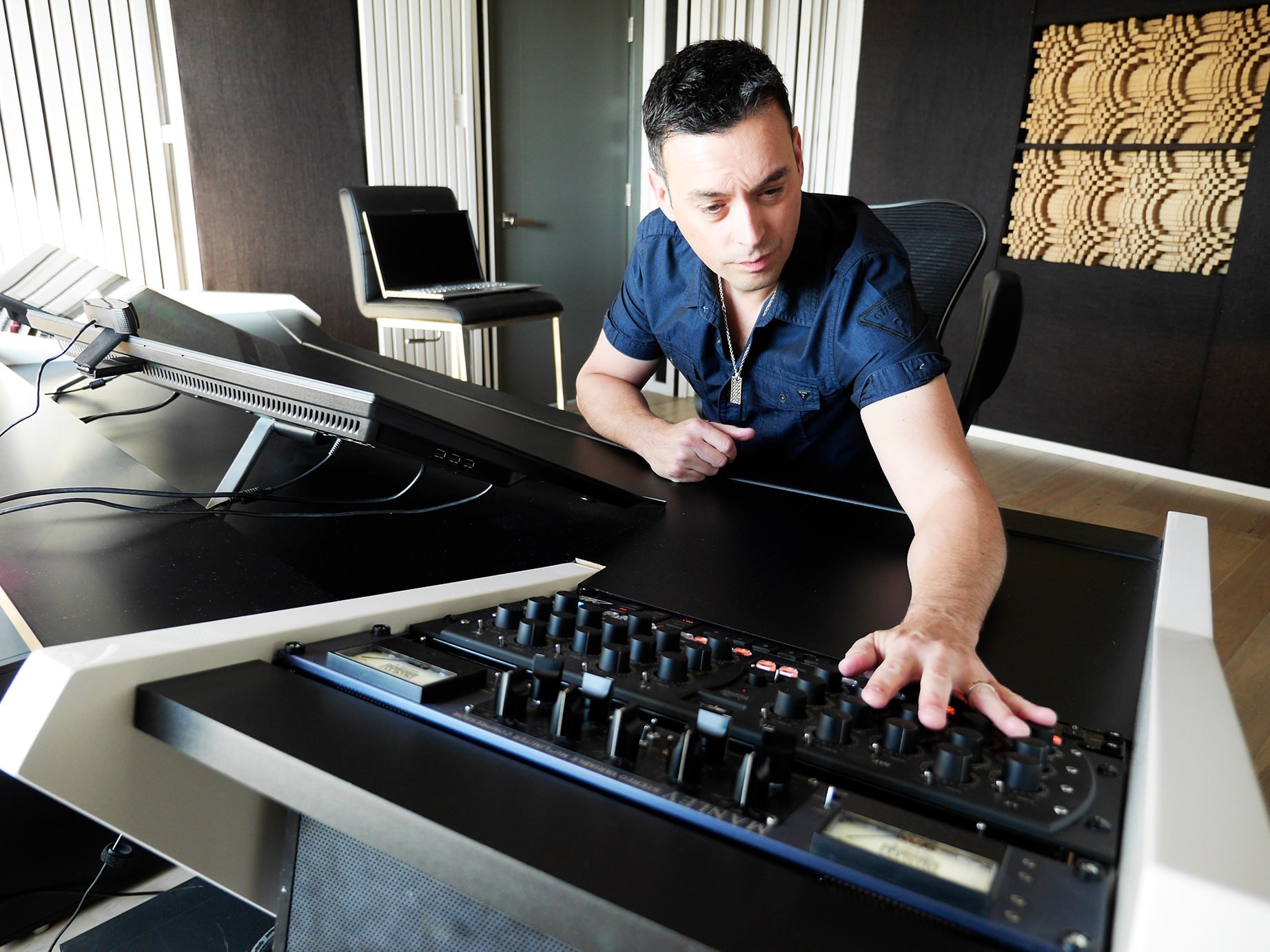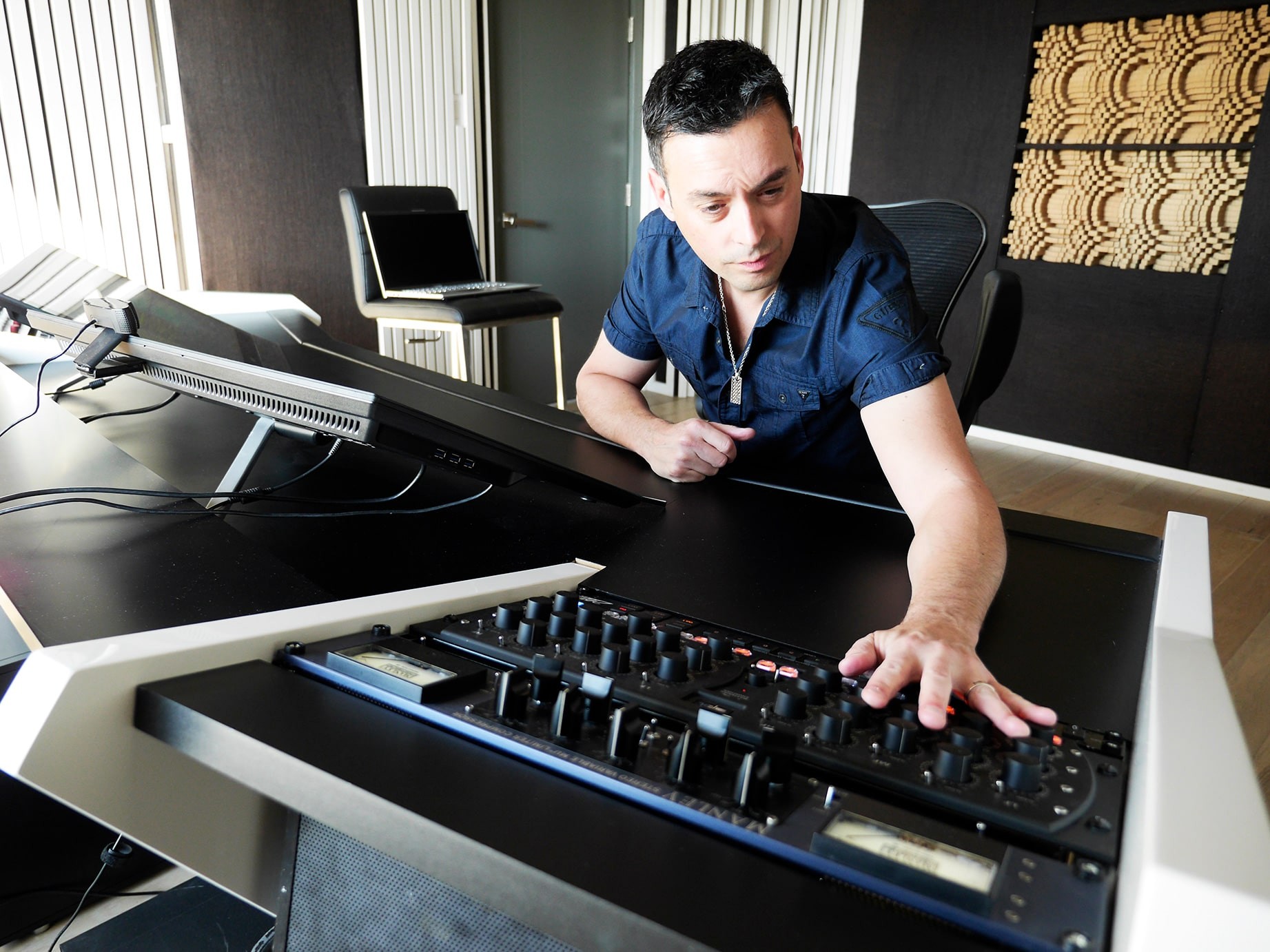
What is actually done by the Audio mastering engineer?
It’s a tricky question since what is done during mastering varies a lot depending on the source material. Greg Calbi, one of the most revered mastering engineers often tells a story about a Bob Dylan master he delivered by doing absolutely nothing except a transfer: No equalization, no compression, no tricks, no level change …
This is a good example showing that what is done in mastering is mostly this: Only the bare necessary minimum to make the music shine and improve the source if and when possible. The mastering engineer is the first listener of your final product and because he has a fresh approach, a near perfect listening environment and trained ears and skills he is able to capture your music one last time in a final “Master file” making only what he believes are the necessary changes.
Here is a list of technical steps the audio engineer might take in order to create a high quality audio master:
Sound reduction, audio cleaning: While recording very often noise or artifacts are introduced on top of the music, it is even truer nowadays when a lot of artists and producers work in non-ideal recording environments like a home studio or bedroom. The mixing engineer is supposed to get rid of any noise, but often some type of noise is left so cleaning the audio track allows the music to come forward
Equalization: That’s probably the most critical part in mastering. The sound engineer will readjust the balance between frequencies in order to optimize the focus and power of your song. If the mix is too bass heavy the kick or bass might overpower the track and make the vocals small, if there is a harsh frequency in the high mids or highs the whole song will sound aggressive and people will turn it down.
After a producer or mix engineer has listened to a song hundreds of times they get used to the balance but can’t tell what can be improved anymore that’s why it’s time to send it to mastering. Equalization done at mastering are usually very subtle but again depending on the source sometimes they’re much more involved than you would expect! We use either direct equalization or MS equalization depending on the source.
Compression: The audio mastering engineer will use a compressor if he needs to control some dynamics of the track or if the mix has an element that is too prominent and wasn’t totally put under control by the mixing engineer. It can also be used to add a color to the mix even though mastering is supposed to be very transparent once in a while a mix might benefit from the warmth or tone added by a specific type of compressor. There are various types of compression that can be applied: direct compression, parallel compression, multistage compression, side chain compression, MS compression or multiband compression.
De-essing: It’s a specific type of compression focusing on the “s” sound or the overall harshness of the high frequencies. This technique will be used if the vocals are too aggressive or if any instrument is being too harsh in the high register.
Stereo Image: if the Sound stage is too wide or too thin that can create problems in certain listening environments or on some speakers, also if your image is too wide maybe the vocals will sound a bit distant or thin. Getting the right stereo image is very important, and the mastering engineer will ensure both the depth and width of your song is right.
Reverb: It is extremely rare that we use reverb during mastering but on some occasions when the source sounds way too dry or a bit sterile bringing just a touch of reverb can bring it back to life. There are also techniques we can use to reduce the amount of reverb or room if that was too excessive
Saturation, distortion, and tape emulation: This is far from your guitar pedal board distortion but yes mastering engineers sometimes use just a touch of distortion or saturation to give your mix a bit of grit.
Limiting: Yes, another type of compression, the limiter is used to limit the ceiling of the music in order to avoid distortion when played back on consumer devices. Although it has become a very common tool some tracks actually don’t require any limiting.
The Audio mastering gear:
Audio mastering studios use gear that you usually don’t find anywhere else. Most of it is extremely expensive, some of it is customized, and it is often gear that is made for mastering purposes more than recording or mixing.
The Audio mastering room:
By far one of the most important tools is the room. A mastering room can cost anywhere from $100,000 to several Million dollars. To design a mastering room you need a dedicated space with specific dimensions and full acoustic treatment.
The Dash Mastering studio room was created with the help of a professional acoustician by first selecting the best possible dimensions. The room was built around the quality of sound it could produce, not the other way around.
Audio mastering studios use gear that you usually don’t find anywhere else. Most of it is extremely expensive, some of it is customized, and it is often gear that is made for mastering purposes more than recording or mixing.
It took 6 months to actually build the room down to 1/32 of an inch and maybe one week just to place the speakers in the optimal position.



